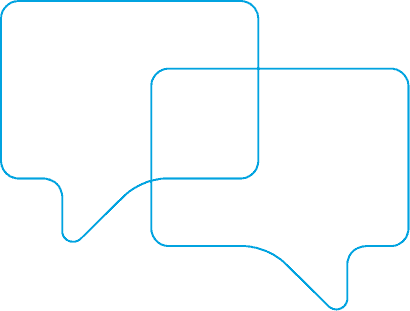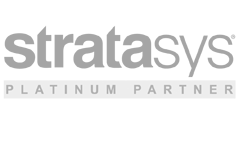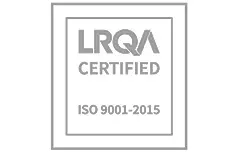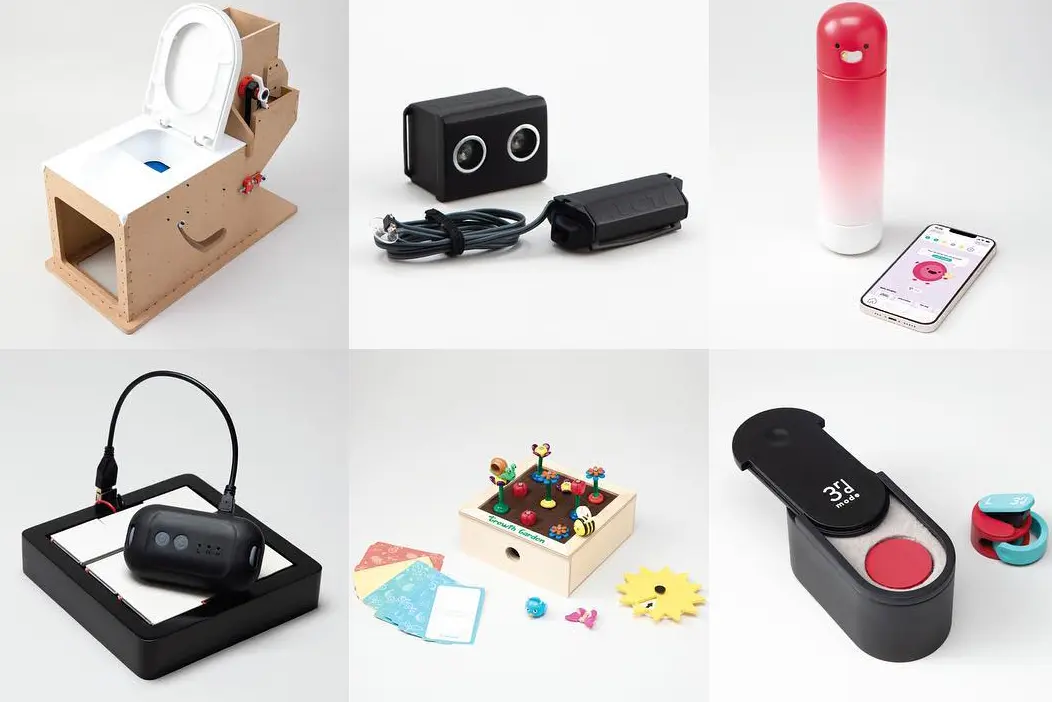
CASE STUDY: EDUCATION
Brunel students enjoy design freedom with a new central additive manufacturing centre
Cutting-edge engineering and Brunel University are synonymous. Named after one of the greatest figures of the industrial revolution, the engineer Isambard Kingdom Brunel, the university has been at the forefront of technological education since it was awarded a Royal Charter in 1966.
It will come as no surprise, then, that the University has been involved with additive manufacturing for 20 years, when it bought its very first FDM machine from Laser Lines. But as the years went by and more machines were acquired, a problem arose.
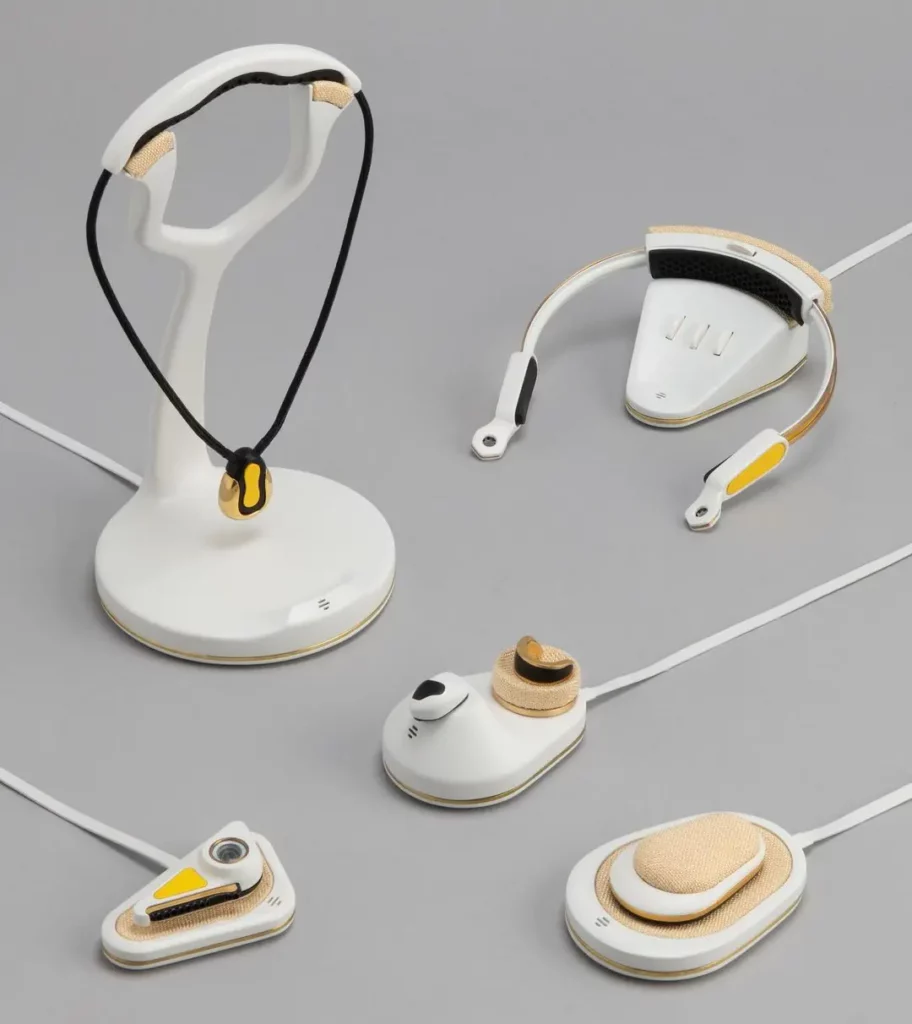
“Everyone had their own way of doing things and it was all very fragmented. Some machines ran well but others did not, and when they broke down, they could be out of action for a long time.”
The solution was the Digital Fabrication Centre (DFC) – a central hub for additive manufacturing across the entire university. This bought 25 machines together in one place, allowing the university to enable knowledge sharing among its team of technicians and offer a vastly improved service to its staff and students.
“By centralising everything,” Paul continues, “we have the management of the facilities under one roof, and it becomes a central hub for not only getting things done, but also for advice.”
Part of setting up the DFC involved investing in new machines. With a need to support a diverse number of applications, materials and part sizes, Brunel chose the Stratasys J850, Stratasys F770 and Stratasys Fortus 450mc from Laser Lines to support its new facility. That was a year ago, so with a full year’s worth of use behind him, how has Paul found the machines to use?
J850 changes the way students design

“For the industrial and product design students, it means they can get creative and build parts that used to be impossible. The machine has been used constantly since we bought it.
“The Agilus material has been great for our flexible products. In the past, we would probably have ended up vacuum-casting a lot of these parts. That worked well in terms of the quality of the part, but it was very labour-intensive and time-consuming.
“Whereas now, we can print these much faster – and in colour. We have also used the machines to embed colour or text into a clear resin in one hit, rather than having to do this in traditional, long-winded ways. We have made some great parts that are designed to be toys incorporating soft-touch grips.
“In the past, a lot of colour 3D printed parts looked very washed out and you couldn’t get an exact colour match. This wasn’t great for product design. But with the J850, we can now Pantone-match the colours, which is a very important development for us.
“One of our students has designed a clear hearing aid with the electronics embedded inside to make it part of the aesthetic of the product. The J850 went ahead and printed something that looks just like a Printed Circuit Board (PCB) inside, complete with wiring, and it is incredibly small. Students simply would not have designed something like that in the past because they knew that they would not be able to make it. Now, their imaginations can run wild.
“It seems like every few days our J850 technician is coming up to me and showing me a part that they are proud of and that isn’t something we have been able to produce before. We feel we have only started to scratch the surface of its capability.”
FDM for automotive and aerospace
The other new machines have also been put to good use. “The Fortus 450mc machine has supported our engineering students very well. Each year, the students form a race team to design and build a race car. They then take it to a race to compete against other university teams. The Ultem material has come in very handy for this, and we have also been able to use the 450mc to make parts using nylon filled carbon fibre.
“The machine has given us loads more options for producing parts quickly. In the past, these would have been metal but we are now using 3D printing for a lot of applications that used to be labour-intensive engineering-type parts.
“The Stratasys F770 has been extremely good value for the capacity it offers. Previously, we printed wing sections for students on our aerospace course for testing in wind tunnels. Then, we had to join them up and it was a lot of work to finish them off. We now have the capacity to print them in one piece.
“Another student’s project was to produce a windshield for a scooter, and that was produced with this large machine, which was absolutely perfect. Previously, we would have either produced this another way or joined up several parts, spending ages trying to get rid of the glue lines.”
High machine usage
Having seen the results of many different procurement projects over the years, Paul has some positive thoughts about how the most recent purchases worked out: “Equipment is sometimes bought for universities because a bid is successful or there is money for research, but after doing a little bit of work, it sits there idle for sometimes years and then isn’t used again.
“What has been good about the equipment we bought a year ago from Laser Lines is that it has been in use every day. It has really supported the courses this year, particularly in design.
Support from Laser Lines

“We have a great relationship, and it has been very reliable for engineer support, both over the phone and when a visit has been necessary to fix a breakdown.
“Whenever we have had a question on one of the machines, especially when it comes to some of the more complicated models, there has always been someone at Laser Lines to answer our queries.
“The team there has been very quick to respond, and if they haven’t been able to resolve our issue over the phone, someone is sent straight out to help.”
Brunel’s centralised DFC has had other positive benefits for the university and students. “There is no more confusion about where to go to get a part printed,” says Paul. “Not only can we offer advice to anyone considering additive manufacturing, our reputation and physical presence in a glass-fronted lab you can see from the corridor, helps attract prospective students and research interest. It looks like a flagship facility, and that’s because it is.”
Additive manufacturing has become increasingly important at Brunel. “For a lot of students now, their first thought for making things is 3D printing. In the past, it would have been about getting in the workshop and making it. The change even in the past five years has been huge. We have seen a huge shift towards 3D printing and it is enabling us to make things that would have been completely impossible in the past.
“I am very interested to see where we will be in five to ten years’ time. We have academics at Brunel whose specialist area of research is additive manufacturing. They are looking into areas such as 4D printing, where parts can have two states of configuration. While I wait to see what they come up with, helping our undergraduates realise their imaginative designs has more than enough challenges to keep me busy!”
If you would like some free advice on how additive manufacturing machines can help your business, call us on 01295 672599, or email [email protected].


